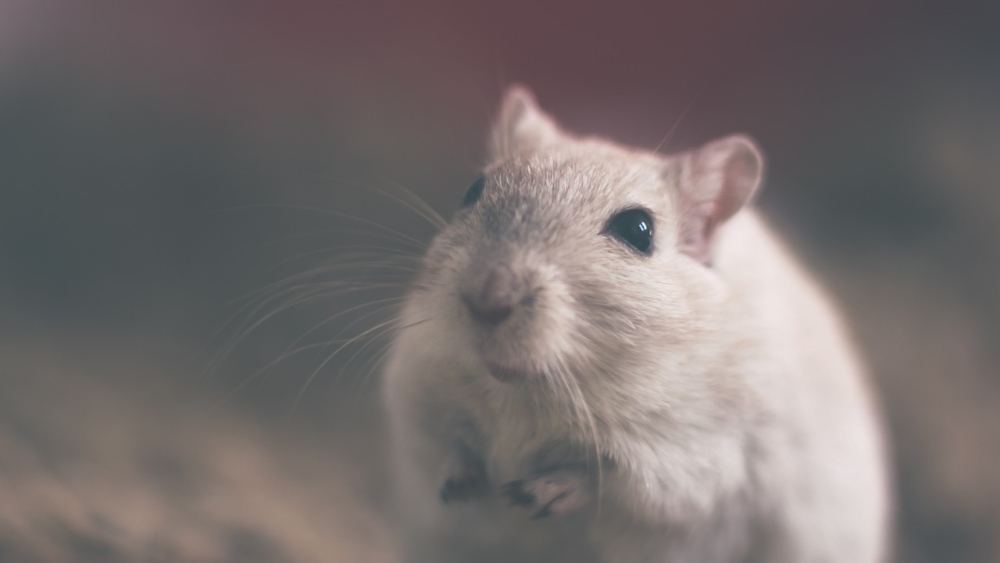Sure, pests are an important part of our ecosystem, but they can also be extremely harmful to us and our belongings. For example, each year termites alone can cause damage for billions and turn your lovely and comforting home into a battlefield. This being said, let’s have a look at how you can win the war against the undesired guests.
Pests or Beneficial and Harmless Insects?
One thing many people don’t know is how to differentiate between beneficial creatures and harmful pests. Helpful creatures play an important role in ecosystems and keep pest infestation under control. Some can also be classified as pests, depending on their behaviour, and the rest are known as beneficial insects.
Examples of common insects are spiders, ladybugs, stink bugs, wasps, and honeybees. Bees, as you may know, fall under the beneficial category, as farmers are highly dependent on them for pollination. Without the buzzing helpers, farmers must find a way to pollinate plants by hand, which would be extremely slow, difficult and pricey.
The pests you need to watch out for include, but are not limited, to mites, bed bugs, mice and rats, fleas, cockroaches, ants, silverfish, woodworms, moths, wasps, flies, carpet beetles, and lice.
So the main idea when pest-proofing your home is simple – attract the helpers and keep the bad ones at bay. In this article, you will read some helpful tips about both, so let’s start with…
How to Pest-proof Your Home from The Inside
Seal and Repair Entry Points
You may think your home is completely secure, with no ways of pests to get inside, but that’s rarely the case. With time, it’s common for many small holes and gaps to occur in your home. Sealing those entry points is considered the most effective way to prevent pest infestation.
You should mostly look for cracks and gaps in the base of your property, where the foundations are, the roof, and around the doors and windows. Have a look at the frames and in case they aren’t placed properly, seal the gaps with caulk.
Keep your Home Clean and Dry
Pests absolutely adore the messy, damp spaces that you may have inside your home. For that reason, kitchens and bathrooms are key areas that attract pests. To prevent creating pest heaven, keep all surfaces inside clean and dried. Vacuum clean inside on a regular basis, get rid of any cobwebs, don’t leave any unwashed dishes around; and check for any pipe leakages, damp spots, and make sure there is no stagnant water about.
Set Rodent Traps
Rats and mice cause structural damage that is oftentimes invisible until it’s too late – like chewing cables, digging through walls, destroying furniture and even stealing food. Apart from being very disturbing and destructive, they also carry various diseases that can put you and your close ones at a serious health risk. Look around for certain signs of rodent infestation. According to Fantastic Pest Control, these can include a strong smell of ammonia, scratching and chewing noises, marks and droppings along the walls, unusual marks, and damage on belongings.
Traps, or snap-traps in particular, have become the most effective, effortless and poison-free method to dodge rodent infestations. Using peanut butter as bait, you will undoubtedly attract them to the trap. However, if you notice that they are eating some other specific food, switch up the bait to them instead. In case you have any pets, you need to be careful not to place the traps in places where they may have access.
Use Solid Storage Containers for Food and Waste
Pests all living organisms rely on some form of food to survive. Discovering them where they are not supposed to be, especially around food, is never a pleasant surprise. It’s a commonly known fact that, if not stored properly, food can easily attract pests.
Consider purchasing airtight containers, made of either plastic or glass, so that pests cannot make a way in. Well-sealed lids and containers made of hard material would keep pests away from your food. When unable to reach food supplies, pests will leave and attempt to find them elsewhere. Keep in mind that storing food on the floor would also make it easier for them to reach. This being said, never leave goods on the floor, even if you’re certain that they are securely packaged.
How to Pest-proof your Home from the Outside
Maintain the garden
Many sometimes automatically assume that if you have a garden, you get pests with it as an extra. No big deal. The number of bugs, however, can reach numbers to unmanageable levels and can cause extreme damage. But there are also easy and effective ways to fight the little villains:
- Attract beneficial insects – ladybugs, lacewings, damsel bugs and parasitic wasps are great examples of insects that eat pests and, therefore, take care of keeping their population low.
- Place insect-repelling plants – basil, lavender, lemongrass, mint, sage, and catnip are all-natural bug repellents. The harmful insects tend to stay away from the plants because of the strong scent of the essential oils.
- Take care of your plants – Yes. It sounds pretty obvious, however, it is easy to forget that greens, just like humans, have immune responses and immune memory. Healthy plants are simply less appealing to pests.
- Create a physical barrier – covers, made of fabric or plastic, are unarguably the most effective method to prevent access to your plants. Keep in mind to leave enough space for them to grow, and to uncover them during pollination periods.
Attract Birds
There are many reasons why you would want to attract birds into your garden. But did you know that birds can also help with pest control? Apart from different types of fruit and seeds, birds’ all-time favourite is bugs. Woodpeckers, warblers, swallows, bluebirds, chickadees, and cardinals are just a few examples of pest-eating birds.
Make a bird-friendly garden by providing places to cover and a birdbath. Some would suggest removing any bird feeders to keep their attention on pests, however, consider leaving at least one that contains quality seed-based food to attract the birds.
Take care of your Bins – General and Compost
During the hot summer months, your bins get warmer, leading to quicker rotting of food waste that is inside. Rotten food means strong smells, therefore, an easy call for rats, for example, who are known for having an extraordinary sense of smell.
Wasps are also in the queue for what your bin has to offer. Fermenting fruits are a great source of sugar, making them an excellent wasp meal. Follow these 4 easy steps to keep pests away from your bins:
- Ensure that all lids can close properly and that there is no gaps or cracks. On many occasions, you can contact your local authority for new ones.
- Try and keep the bins away from the property, preferably in a somewhat shady spot.
- Make sure you don’t leave food waste inside your home for too long and avoid placing unbagged food waste straight into the bins.
- Clean the inside and outside of your bins regularly with warm water and disinfectant.
Maintain a Clean Gutter System
When not cleaned regularly, gutters can often act as perfect shelters and breeding spots for pests. If clogged, gutters will start building up stagnant water, which would lead to attracting mosquitoes, ants and termites, and can sometimes cause water damages to your property. Gutters can also be a perfect shelter for birds, wasps, squirrels and racoons.
The easiest solution to prevent any clogging issues is to trim the branches of closeby trees. Alternatively, you can also contact a professional for gutter clearance or installing gutter covers.
Conclusion
Pests can expose you and your family to various health risks and damage your home. Everyone can experience a pest infestation and many would attempt to tackle the issue themselves. Follow the checklist as a starting point for pest-proofing your home. If things go out of hand, however, it’s always recommended to seek professional help from pest control experts.







Recent Comments